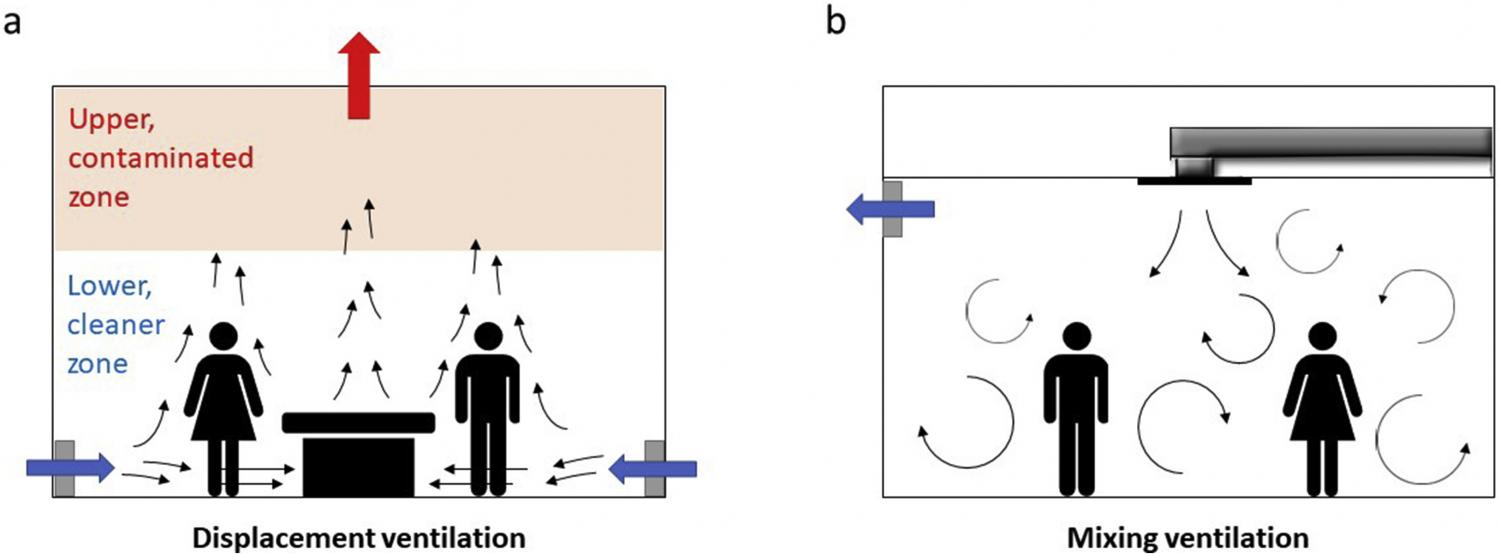
Elsevier, Building and Environment, Volume 180, August 2020
Within a time span of only a few months, the SARS-CoV-2 virus has managed to spread across the world. This virus can spread by close contact, which includes large droplet spray and inhalation of microscopic droplets, and by indirect contact via contaminated objects. While in most countries, supermarkets have remained open, due to the COVID-19 pandemic, authorities have ordered many other shops, restaurants, bars, music theaters and indoor sports centers to be closed. As part of COVID-19 (semi)lock-down exit strategies, many government authorities are now (May-June 2020) allowing a gradual re-opening, where sometimes indoor sport centers are last in line to be permitted to re-open. This technical note discusses the challenges in safely re-opening these facilities and the measures already suggested by others to partly tackle these challenges. It also elaborates three potential additional measures and based on these additional measures, it suggests the concept of a certificate of equivalence that could allow indoor sports centers with such a certificate to re-open safely and more rapidly. It also attempts to stimulate increased preparedness of indoor sports centers that should allow them to remain open safely during potential next waves of SARS-CoV-2 as well as future pandemics. It is concluded that fighting situations such as the COVID-19 pandemic and limiting economic damage requires increased collaboration and research by virologists, epidemiologists, microbiologists, aerosol scientists, building physicists, building services engineers and sports scientists.
